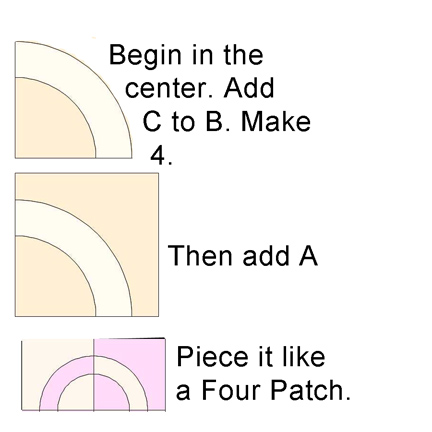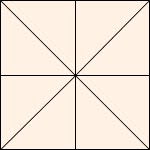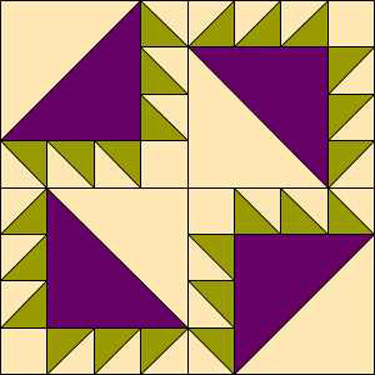Canadian nurses
Men in government came to believe that it was only fair to
permit women to vote but also a trade for their service and sacrifices during the war.
In 1917 Canada's Parliament passed the Wartime Election Act, which selectively
gave the vote not only to women serving in the military as nurses but also to
those with close family members serving overseas.
Canadian Nurses voting
in France 1917
In 1918 with the Allies victorious, most female adult
Canadians who owned property were awarded the right to vote.
The Weaker Sex?
Canada was ahead of its English cousins who also passed a
1918 enfranchisement law, but London's Parliament
limited female voters to those over 30 who met minimum property qualifications
(men could vote at 21.)
Victory was not a prerequisite for change. In defeat Germany
and Austria granted the right to vote to women in 1918.
American women had to wait two more years for a
constitutional amendment.
"If You Are Good Enough for War You
Are Good Enough to Vote,"
Are Good Enough to Vote,"
Public Opinion tells American Womanhood
Fair Play by Becky Brown
Fair Play is a four patch block given the name by the
Ladies' Art Company in the early 20th century. We can use it
to remember the post World War I victories in several countries.
You could applique the B ring if you prefer.
Applique to squares cut 4-1/2" for the 8" block or 6-1/2" for the 12".
http://colvinkiwiquilts.blogspot.com/2013_07_01_archive.html
It's BlockBase #1482.
Cutting an 8" or a 12" Block
The block is all templates if you piece it conventionally.
To print the templates click on the pictures below and save.
Print it 8-1/2 x 11".
Here's a little how-to on stitching these curves.
- You need about 6 or 7 straight pins.
- Place the smaller piece on top of a larger piece face to face.
- Center the two and put a pin there.
- Flip the pieces over as you pin.
Applique to squares cut 4-1/2" for the 8" block or 6-1/2" for the 12".
http://colvinkiwiquilts.blogspot.com/2013_07_01_archive.html




















































